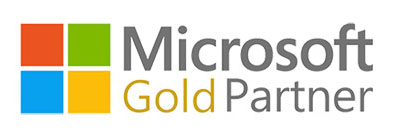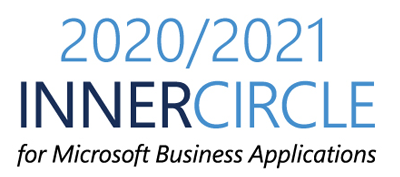Pat Becker is being recognized at HIMSS2020 with the HIMSS Life Fellow Member Award.
What does it mean to provide truly patient-centered healthcare?
The Health and Medicine Division of the National Academies (Formerly the Institute of Medicine) has defined patient-centered care as “Providing care that is respectful of, and responsive to, individual patient preferences, needs and values, and ensuring that patient values guide all clinical decisions.”
My family recently had an experience with the healthcare system that only partially met this definition, even though most things went right. My husband had knee-replacement surgery in January at one of the best hospitals in Illinois. His orthopedic doctor was excellent. The care was respectful and responsive, fully considering his preferences and values. The pre-care and hospital stay were well done. He was given specific exercises to do before surgery, and there was a class for the patient and caregiver (me). All went as expected.
But the system still fell short.
It happened during the discharge class.
First, we were given a 30-page after-visit summary. Though this document is required, its format and breadth made it clunky to manage. There were instructions on follow-up visits and orders; instructions from the physician on after care; instructions on which medication to take and which to stop taking; pictures of what the dressings would look like and instructions for changing them and for bathing.
Great in theory, but we soon found out that some of the information was incorrect. Medications were listed in two different places. Almost all of them had at least two names. Then once we were home, it took me literally 90 minutes to match the prescription bottles with the medication lists in the summary. The visiting nurse who came the day after was wonderful, but informed us that we wouldn’t be using the dressings listed in the summary and that my husband actually could not shower until the dressing was completely removed.
What did I do with all of this?
Well, I’m an ex-CIO, so I put it all on a calendar dedicated specifically for his after-care tasks, with reminders on our smart home device. That took another several hours for me to set up. For the first three weeks, there were 16-20 activities a day for us to keep up with. It was still difficult, even with a custom plan.
To me, truly patient-centered care would mean information in an easy-to-read, chronological format for the patient and his care providers. The information would also be available on an app with built-in reminders and notifications. It would be shared with my husband and his entire care team, including his home-care nurse, so she could modify it while keeping her edits transparent.
My husband has had a good outcome, but we’re fortunate to have a lot of healthcare experience to help us navigate. If healthcare organizations want to ensure all facets of care truly serve patients, post-discharge care deserves another look through the lens of technology and how it can improve outcomes and add value.
Want to know how the MazikCare Care Path app empowers patients to take charge of their care? Learn more.
Pat Becker has thirty years of executive healthcare information technology experience. Her experience covers all aspects of information technology including strategic planning, electronic health record procurement and implementations, budget and operations, internal and external customer services, and support. She has served at University HealthSystem Consortium, University of Chicago Hospitals and Health Systems, and as an adjunct professor at Northwestern University in the Health Informatics Master Program School of Continuing Studies. Pat has also served on the CIO Advisory Council for HIMSS Analytics and was an advisor to HIMSS Analytics on the initial development of EMRAM.
















